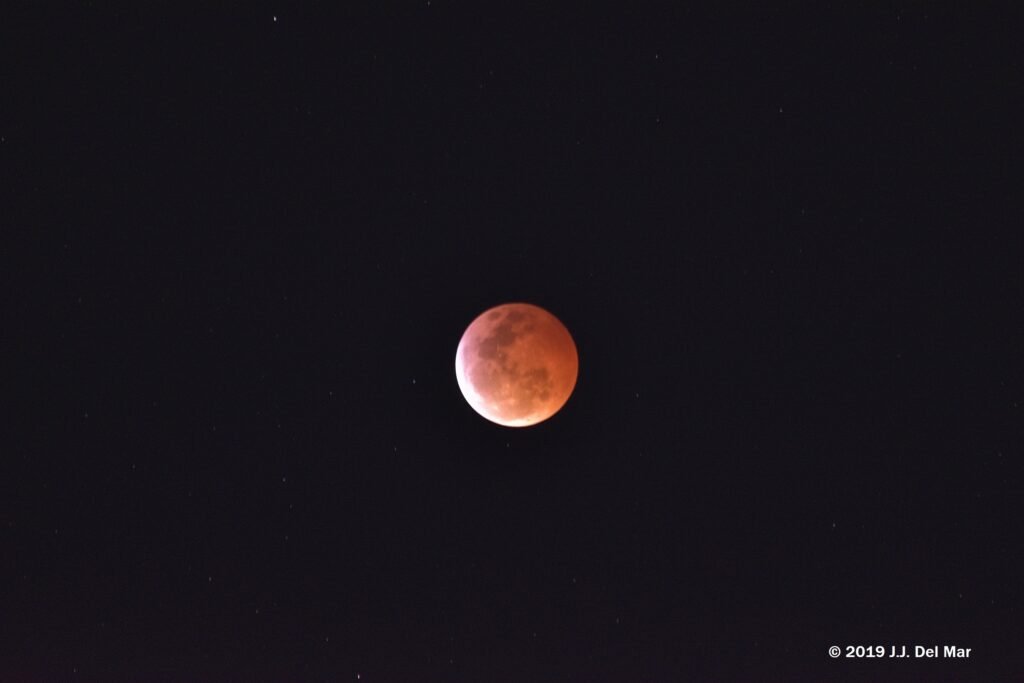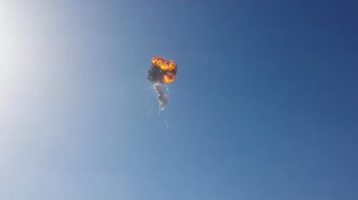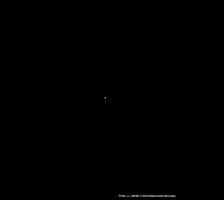Today’s Lunar Eclipse will start a series of awe inspiring astronomical events that will span for months and which will culminate with a spectacular planetary alignment.
But let’s focus on today’s event, a lunar eclipse happening on September 17 – 18, 2024, depending where you are in the world.
So, what’s the big deal about this lunar eclipse? For starters, it’s going to be a partial lunar eclipse, which means the Earth will partly cover the Moon.
This isn’t just any lunar eclipse, though. It’s going to be visible from a wide range of locations, including much of North and South America, Europe, and Africa. So, no matter where you are, you might just get a front-row seat to this cosmic show!
Here’s a quick rundown of what to expect:
The eclipse will begin with the partial phase around 5:41 pm PST [12:41 am UTC on Spetember 17 [18 UTC] where the Moon will start to slip into Earth’s shadow. The maximum eclipse will start around 7:44 p,m. PST [2:44 a.m. UTC on Septemner 18] and will last for approximately 30 minutes. The entire event will conclude with the partial eclipse ending around 9:47 p.m. PST on Spetember 17 [4:47 a.m. UTC on September 18].
If you want to catch the best view, you’ll need to find a spot with a clear, unobstructed view of the sky. You don’t need any special equipment to see the eclipse—just your eyes will do. However, if you have a telescope or binoculars, you’ll get a fantastic close-up view of the Moon’s surface and the shadow play.

One of the most incredible parts of a lunar eclipse is seeing the Moon change colors. As the Earth’s shadow slowly moves across the Moon, you’ll notice it turn from a bright white to a deep red, with shades of orange and brown in between. This happens because of a phenomenon called Rayleigh scattering, which causes the shorter blue wavelengths of sunlight to scatter out of the Earth’s shadow while the longer red wavelengths pass through.
For those of you who love stargazing or just want to witness something spectacular, this is definitely an event you won’t want to miss. It’s a beautiful reminder of the vastness and wonder of our solar system.
A couple of quick tips: make sure you’re in a place with minimal light pollution, and consider bringing a blanket or chair to make your viewing more comfortable. And, of course, don’t forget your camera if you want to capture the moment!
Thanks for stopping by, and see you next time!
If you’re new here, don’t forget to hit that subscribe to our YouTube channel and ring the bell so you don’t miss any of our future content.





